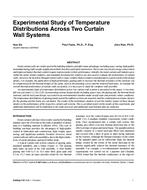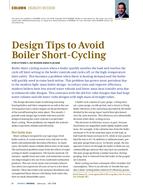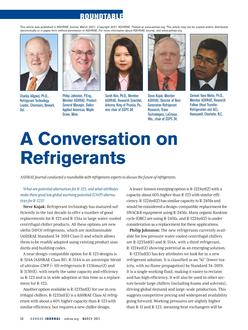External solar screens are optimized shading typologies that impact a building’s cooling loads when properly applied to vernacular and contemporary building envelopes in hot and moderate climates. Their impact on building energy consumption, solar heat-gain and visual comfort has been adequately studied (Elzeyadi & Batool, 2017; Lavin & Fiorito, 2017; Oghazian & Mahdavinejad, 2017; Alawadhi, 2018). However, their impact on occupant’s thermal comfort is under-investigated. Few studies that evaluated their influence on thermal comfort, have mostly been conducted using computational simulations without field verifications of the results (Batool & Elzeyadi, 2014; Mousa et.al, 2015). This paper reports on a field-study that investigated thermal comfort performance of traditional solar screens applied to a naturally ventilated vernacular building in Ahmedabad, India. The 1600 sq. ft. (149 sq. m) single storied building is entirely shaded by solar screen panels on its north, south and west facades. The screen panels are 2.5″ (6 cm) to 4″ (10 cm) thick and have 30 to 50% perforation ratios (% of voids). Metal grilles are installed at locations where the screen panels of the façade were damaged. The geometric parameters of the solar screens of this building are optimized for the extreme summers. The present study was conducted for duration of two days in late January (2019) during which moderate climate prevails in Ahmedabad with an aim to investigate how the screens optimized for extreme hot conditions performed during moderate conditions.
Indoor thermal comfort parameters including dry bulb temperature (DBT), relative humidity (RH) and surface temperature were measured. The DBT and RH were recorded at three levels (6″ (15 cm), 3’ (91 cm) and 6’ (1.5 m) from floor) in the building. The surface temperatures were recorded for three times during the day (mid-morning, afternoon, and evening). Furthermore, activities of visitors who spent more than 2-3 hours of their time in the building were captured using infrared images and photographs. The thermal parameters were used to compute PMV-PPD metrics and evaluate local comfort as per ASHRAE Standard 55recommendations. The PMV values at all the locations were found to be within neutral (0) to slightly cool (-1) range and the PPD values were within the 20% acceptable limits, indicating the building indoors to be thermally comfortable. However, the variability in the PMV value for the southern part of the building was higher compared to other parts. Moreover, the surface temperatures in some areas of the building’s southern parts, corresponded to those receiving direct solar radiation through metal grills installed to replace broken screen, suggested local discomfort. However, these areas had a higher concentration of visitor activities.
The measurements and observations from this study indicate occupant’s preference of thermally non-uniform and dynamic environments; the requirement of which is advocated by Brager et.al, (2015) and Parkinson & de Dear (2015). The field study is suggestive towards different ways to design fenestrations like solar screens to achieve thermally dynamic indoors for occupant comfort. Recommendations are made on approaches that can be used to design non-uniform indoor thermal environments using solar screens. One approach is to design dynamic solar screens with personal control. Another approach is to create thermally transient zones at regular intervals.
Citation: 2020 Winter Conference, Orlando, FL Conference Papers
Product Details
- Published:
- 2020
- Number of Pages:
- 10
- Units of Measure:
- Dual
- File Size:
- 1 file , 1.2 MB
- Product Code(s):
- D-OR-20-C012


